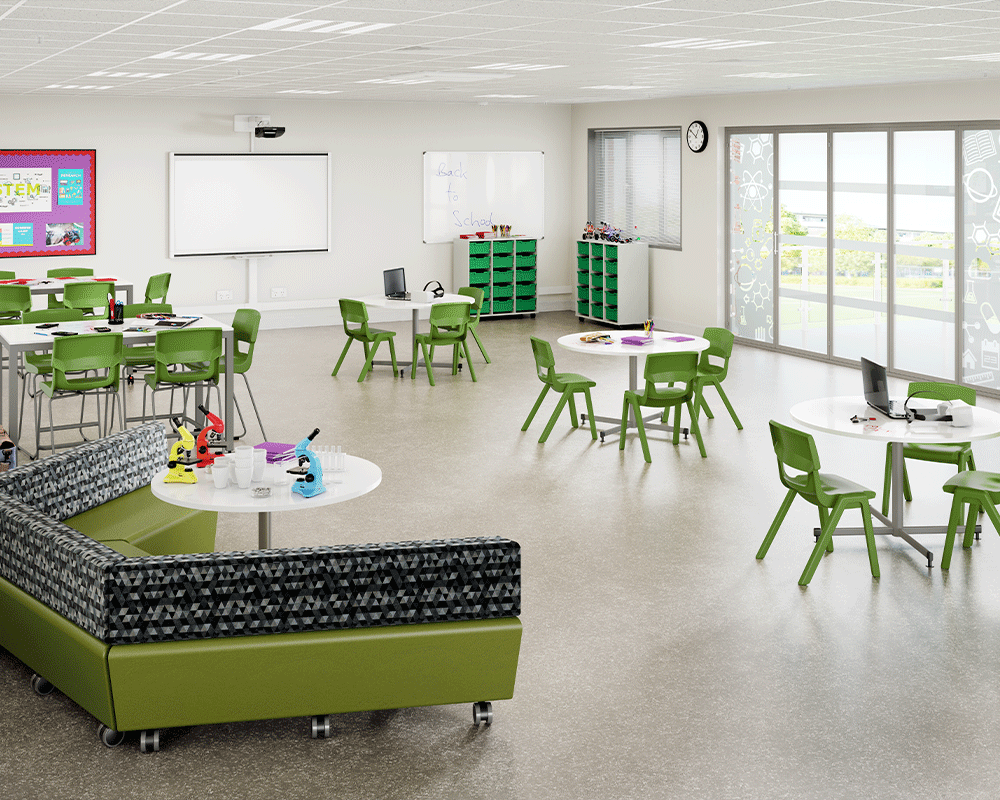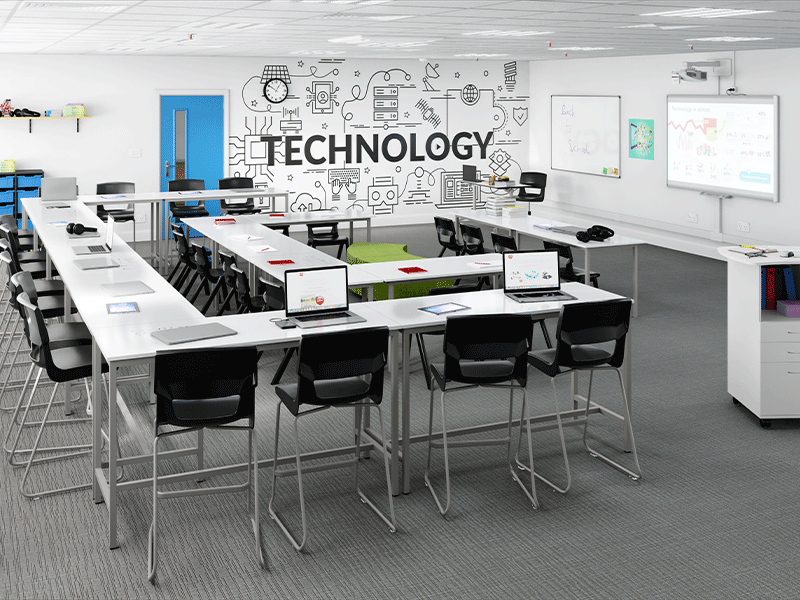
We take a closer look at the growing role that STEM is playing in Australian schools and why it is now considered an important part of early learning.
What is STEM?
STEM is an acronym for Science, Technology, Engineering, and Mathematics. It isn’t a grouping of these subjects into one but an approach to learning and development that integrates the scientific, mathematic, and problem-solving skills that will assist students in the workforce.

Is STEM new to the school curriculum?
STEM is not exactly new. The term was introduced in 2001 by the US National Foundation, and of course, we know that many of these subjects have been taught for decades before 2001.
What makes it seem new is the context of our modern world and the esteem that growing industries hold STEM qualifications to.

Why is it important?
Advances in technology are changing the way we interact, learn, connect – basically, how we live.
While it might seem too far off to think about for Primary and early Secondary students, the fact of the matter is that employer demand for STEM qualifications and skills is high and will continue to increase in the future.
STEM education is designed to help students gain skills required to succeed in the 21st-Century job market. It gathers these subjects into a cohesive learning campaign based on real-world applications.

How is STEM applied in early learning?
During STEM projects, students need to interact with their team members, communicate their thoughts, and explore new ideas. Even when they’re working individually, the different parts of their brains are engaged which results in better memory, improved cognitive skills, and overall brain health.
The STEM process is guided by the Engineering Design Process.
Ask – What is the problem? Are there any challenges?
Imagine – Brainstorm ideas and pick the best one!
Plan – Make a list of materials and draw a labelled diagram.
Create – Follow your plan. Create a model if possible. Test it! Does it meet the goal?
Improve – Did it work? Can you make it better? What could be done differently?
Share – Is the problem solved? What changes need to be made? What do others think?
The purpose of introducing STEM campaigns into the early-learning years is to lay foundations for a wide variety of soft skills: critical thinking, adaptability, problem-solving, teamwork, creativity, digital literacy and more.
You're currently on the New Zealand website. Click here to visit our AU site.
Select your region: